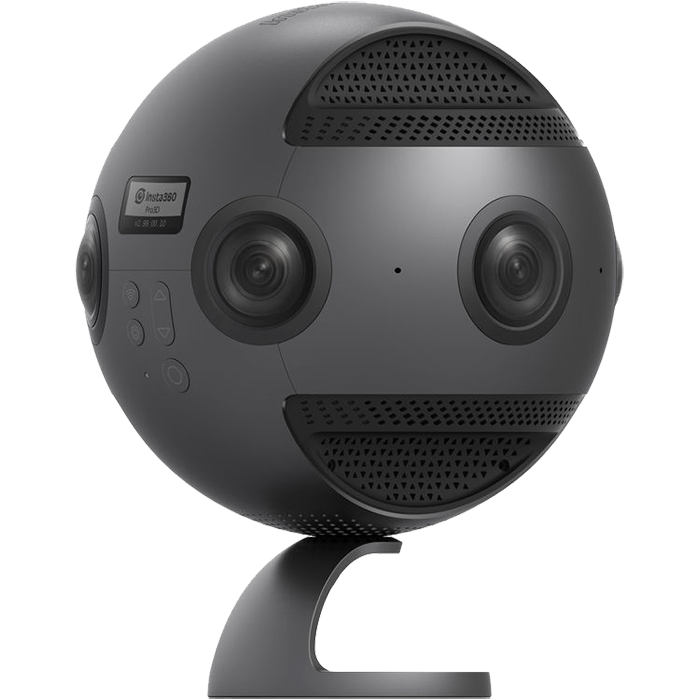
it represents the fraction of the aperture opening. F-stop also known as “f-number” represents the ratio of the lens’ focal length to the diameter of the entrance pupil, i.e. Since we already mentioned the term “f-stop” above, let’s go ahead and define it. You need to be aware of this as you will not always be able to use the widest aperture, its just how the optics of a zoom lens work. The largest opening will change depending on what focal length of the zoom lens you are using. Here the two aperture values reflect the widest aperture possible within the zoom range of your camera.

Lenses with a low number single aperture or low number aperture range are faster as they allow more light in, and are also better suited for low light photography.Īlternatively, you will see an aperture range, such as f/3.5-5.6 if you’re using a zoom lens. Keep in mind that the presentation of aperture size can vary, for example, f/2.8 can be shown as “1:2.8,”-but the figures show the same thing: the peak aperture of your camera lens. The peak aperture value of your camera lens, measured in “f-numbers” or “f-stops,” is normally represented in a very similar way on any lens. The aperture on a lens works similarly to your eyes, opening and closing in response to the amount of light you receive. All you need to do to read the lens specifications is look at the letters and numbers on the barrel of the lens. Let’s jump right in and get all camera lens specifications explained. And you can only know what you are looking for if you truly understand what camera lens specifications mean. It’s not tough to find out which kind of lens you need if you know what you’re looking for. SLRs and mirroless camera systems are worthwhile investments because they deliver high-quality images that mobile cameras simply cannot equal due to their specifications. The large range of specs and features available when buying a lens for your camera is enough to make someone lift their hands in confusion and return to using their smartphone. The great thing about zoom lenses is they offer a lot of flexibility as the focal length can be adjusted by the photographer when he or she needs to get close without having to physically get close to the object that they are trying to capture. This is why a prime lens is often narrower than a zoom lens.

Zoom LensesĪ zoom lens has a more complicated mechanism compared to a prime lens as it is the one that can keep focus as the focal length changes. Maximum apertures on prime lenses normally range from f/2.8 to f/1.2. Prime lenses can be easily identified because they have a single number focal length, for example 85mm, and not a range such as 35mm-75mm.Īpertures on prime lenses can be small or large. The focal length is the difference between both the lens’s point of convergence (optical center of lens) and the camera’s sensor. There are two main categories of camera lenses: Prime LensesĪ prime lens is a lens with a specified focal length that cannot be zoomed in our out. The lens is the most significant feature on the digital camera, aside from the image sensor. Some lenses are removable, whereas others are permanently attached to the camera frame. A camera lens is an optical body that attaches to the camera body. There is a lot to cover so let’s get started.įirst lets define a camera lens. In this article I will define all the camera lens specifications you need to be familiar with so that you know to buy the correct lens and when to use which lens.Ĭamera lens specifications include the various types of lenses, focal lengths, aperture range, thread sizes, mounts, lens speed, sensor compatibility, model numbers, stabilization types, focusing motors, special materials.

Most of the time people simply don’t know their meanings which is what leads them to make a bad decision when buying a lens. Camera lens specifications might sound like another language for beginner photographers or those interested in their first purchase of a camera kit.


 0 kommentar(er)
0 kommentar(er)
